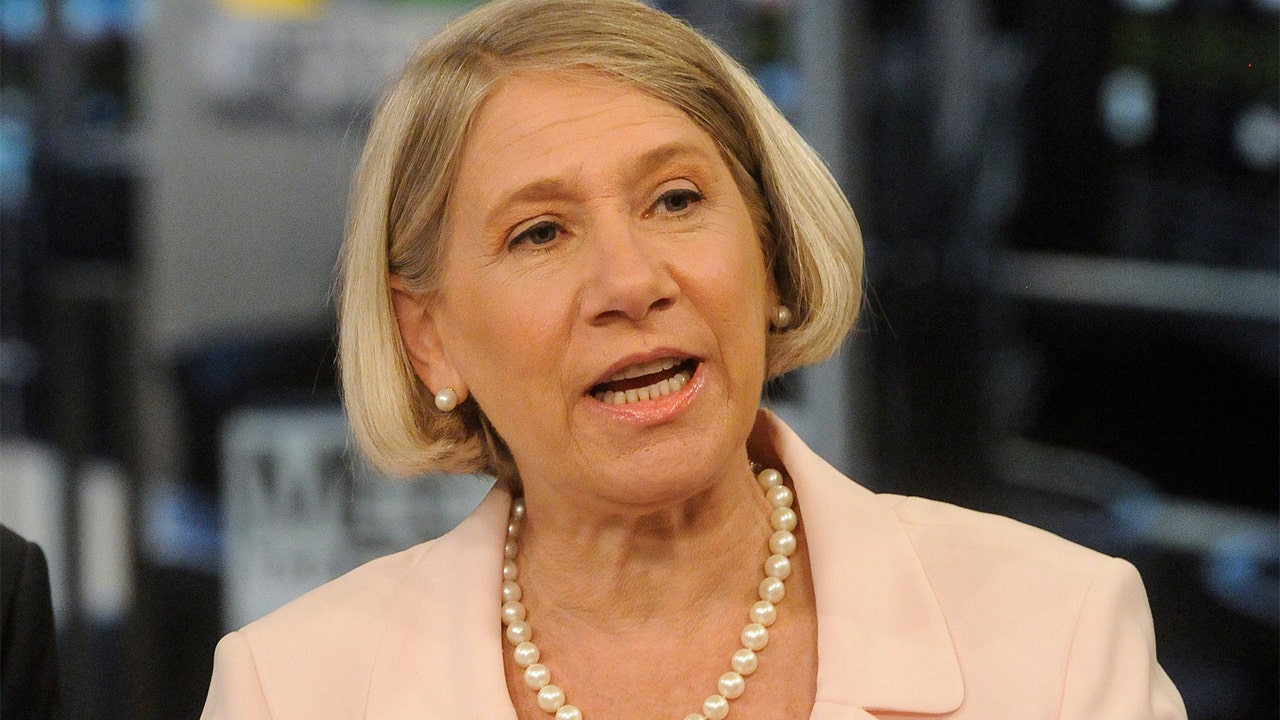Joshua Grossberg is determined to uncover what is being described as “a cinematic holy grail.”
The filmmaker is teaming up with Turner Classic Movies (TCM) to search for the lost print of Orson Welles’ “The Magnificent Ambersons.” The network will sponsor Grossberg’s research trip to Brazil to follow up on leads that he’s developed over his 25-year quest. The goal is to find and restore Welles’ original vision to the big screen.
The journey will be chronicled in a feature-length documentary titled “The Search for the Lost Print: The Making of Orson Welles’ The Magnificent Ambersons.” The film will also commemorate the 80th anniversary of the 1942 classic.
Grossberg told Fox News he first discovered “The Magnificent Ambersons” as a college student attending Northwestern University. And since then, he has been determined to discover the location of the film’s original version, which continues to fascinate and perplex historians.
BOB HOPE’S LETTERS TO AMERICAN TROOPS DURING WWII CHRONICLED IN BOOK: IT ‘AFFECTED HIS ENTIRE LIFE’
American actor, producer and director Orson Welles sits in a stadium while American actor Tim Holt stands next to him outdoors on the set of Welles’ film, ‘The Magnificent Ambersons’.
(Hulton Archive/Getty Images)
“I wasn’t aware of the turmoil that went on behind the scenes during the ‘Ambersons’ production, and I became intrigued,” he said. “I became fascinated with the mythology of the print. And it became this rabbit hole that kept going deeper and deeper.”
Welles passed away in 1985 at age 70. However, his daughter Beatrice Welles is aware of the project and “thrilled beyond measure.”
Welles’ iconic 1941 film “Citizen Kane,” is hailed by fans and scholars as one of the greatest movies of all time – perhaps the greatest. But his follow-up got the star fired by RKO Studios after disastrous test screenings, Deadline.com reported.
“The Magnificent Ambersons” was previewed primarily by high school students who couldn’t understand the plot and made their feelings known, Vanity Fair reported. Instead, they favored “The Fleet’s In,” a 1942 wartime musical starring William Holden and Dorothy Lamour.
LONI ANDERSON REFLECTS ON BECOMING A SEX SYMBOL AFTER ‘WKRP IN CINCINNATI’ FAME: ‘I EMBRACE IT’
‘The Fleet’s In’ starred William Holden and Dorothy Lamour.
(Photo by LMPC via Getty Images)
According to the outlet, a panicked studio then took control, dissecting the original print and shooting new scenes, including a completely different ending, without the approval or input of Welles.
The original footage was then melted down for its nitrate to be used during World War II. While the 88-minute version received four Oscar nominations, the studio’s release long haunted Welles. In the ‘70s, he told his friend, director Peter Bogdanovich, “It was a much better picture than ‘Kane’ – if they’d just left it as it was,” as quoted by Vanity Fair.
“Here was an artist who created a very personal film and never really got the chance to finish it,” producer Joseph Schroeder told Fox News. “That really affected him for the rest of his career. It was a critical turning point. Ever since he lost control of ‘Ambersons,’ he was never able to regain the power he once had in Hollywood. And he essentially became an independent filmmaker, as we would describe it today.”
And for Grossberg, the journey is leading him to Brazil where it is believed the lost print is now located. The leads that he compiled during his 25-year search support this theory.
‘50S CHILD STAR BEVERLY WASHBURN RECALLS FILMING DISNEY’S ‘OLD YELLER’: ‘IT DESTROYED’ GROWN MEN
Filmmaker Joshua Grossberg.
(Photo courtesy of Joshua Grossberg)
A film archivist working at a Brazilian film distributor also claimed to have seen canisters comprising the 131-minute version in the ‘60s, Deadline.com reported.
“Robert Wise, Welles’ editor who also edited ‘Citizen Kane,’ sent the original director’s cut to Orson Welles in Rio,” he explained “This was in early 1942 shortly before they were going to hold test screenings in Los Angeles. Welles was down there on behalf of the state department to film stories… about Pan-American relations since the war had just broken out. The idea was that Welles would use this director’s cut they had completed together as a reference, in case he wanted to make any suggestions to Wise.”
For years, rumors persisted that Desilu Productions, co-owned by Desi Arnaz and his wife Lucille Ball, may have possibly dumped “loads of RKO materials” including footage from “Ambersons” into the Santa Monica Bay upon its acquisition of the studio’s lot in the ‘50s, Vanity Fair reported.
But according to reports, Wise himself believed the director’s cut may still be in Brazil. According to Vanity Fair, he had no recollection of the print ever being returned to RKO. The director passed away in 2005 at age 91.
American actor, writer, director and producer Orson Welles (1915 – 1985) with production artwork for his film ‘The Magnificent Ambersons’, circa 1942.
(Photo by FPG/Getty Images)
According to Grossberg, he has spoken to various film collectors and their descendants who may have this version in their possession. He also noted that there’s no evidence that the print was ever sent back to Hollywood. The original director’s cut is nearly three hours long.
“Part of our expedition is to go search and see if it has survived,” he said. “The original version of Fritz Lang’s 1927 film ‘Metropolis’ was discovered in an Argentine museum in 2008. So it’s still possible to find films that are 80 years old or more, films that people once thought that never even existed, particularly down in South America. So we remain cautiously optimistic.”
And it wouldn’t be the first time that Welles receives star treatment in recent years.
In 2017, Netflix acquired the global rights to his final film “The Other Side of the Wind.” The streaming platform committed to financing its completion and restoration.
‘Citizen Kane’ is still hailed by movie scholars as one of the greatest films ever made.
(Photo by Hulton Archive/Getty Images)
Welles began shooting the film in 1970 but never got to complete it. At the time, Netflix chief content officer Ted Sarandos said he grew up worshipping Welles so releasing the movie “is a point of pride” for him.
Grossberg said it would also be “a personal accomplishment” to bring Welles’ original vision to life.
“I believe finding the last print is within reach,” he said. “Even if we don’t find the print, we want to give audiences a sense of what was lost. I think that’s important as well. And we’re hopeful of where this journey takes us.”
Grossberg’s trip to Brazil is expected to occur this year once it is safe to do so amid the coronavirus pandemic.
CLICK HERE TO SIGN UP FOR THE ENTERTAINMENT NEWSLETTER
Orson Welles passed away in 1985 at age 70.
(Photo by Central Press/Getty Images)
CLICK HERE FOR THE FOX NEWS APP
Schroeder is eager to see how this quest will forever change classic Hollywood history.
“I think seeing the real version of ‘Ambersons’ as well as intended will create a number of great bar fights at trivia nights across the country among movie nerds, as to whether it is better than ‘Citizen Kane,’’ he chuckled. “There are so many experts out there that have looked at what ‘Ambersons’ could have been if it was released exactly the way Orson Welles wanted, without all the cuts.”
“It was basically butchered,” he shared. “Many people still believe it was the greatest film that Welles ever made. And that’s a high order, right? ‘Citizen Kane’ is regarded as one of the greatest films ever made, period. So if it’s better than ‘Kane,’ that will change the whole conversation.”
The Associated Press contributed to this report.









